Application
equipment
In this section you will find a range of practical information related to our solutions. In the articles, we share our experience, discuss implementation steps and highlight good practices. It is a reliable source of information and advice on the provision of drinking water in public spaces, the legal regulations in this area, the benefits of installing drinking water dispensers and the technological aspects in this field.
We look forward to reading!
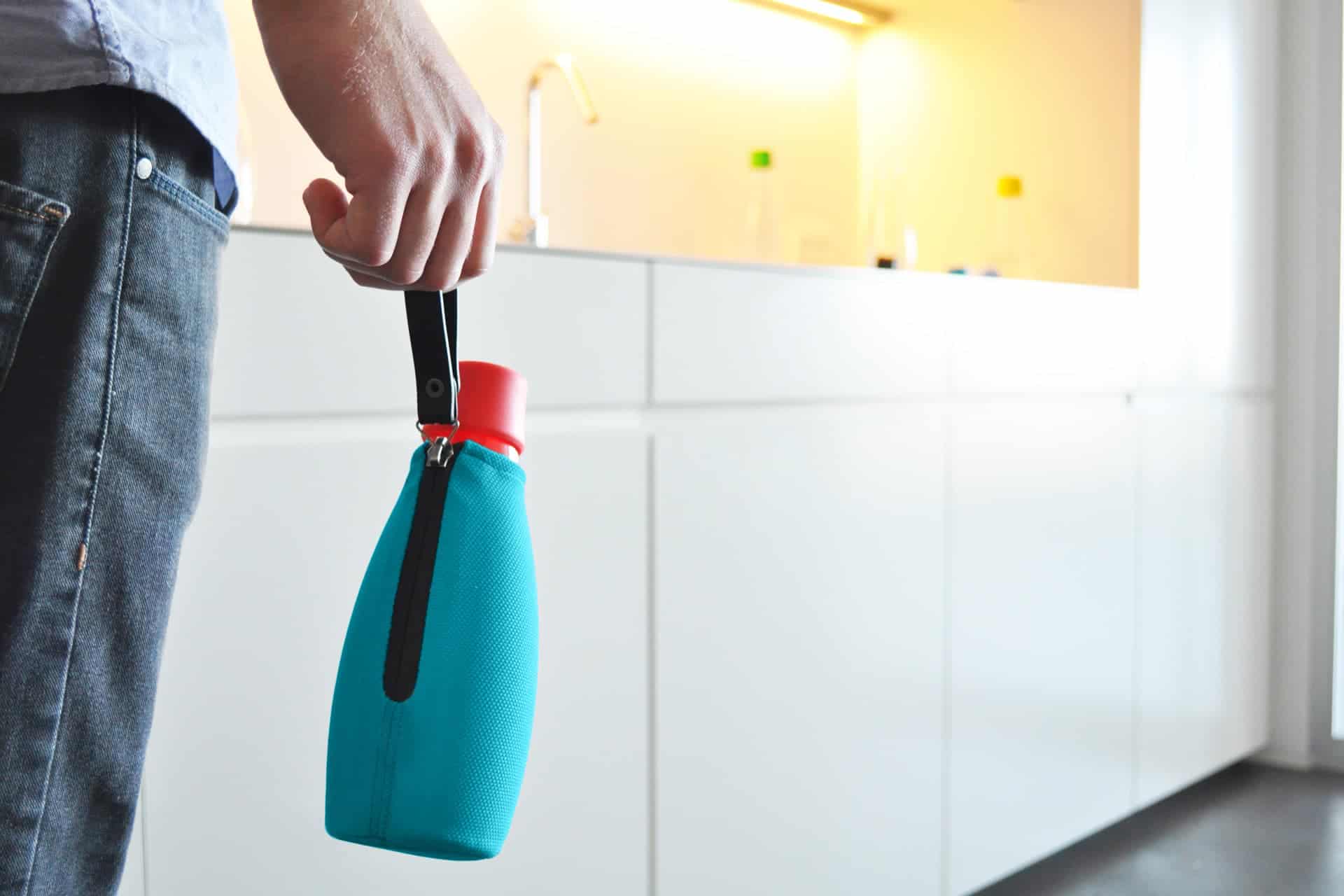
In the 21st century, the reusable water bottle has become an almost indispensable attribute of every person who cares about their own health and the environment. While until recently we associated this type of gadget mainly with professional athletes, today more and more ordinary people also use reusable bottles. Why has the inconspicuous water bottle become a symbol of the fight for ecology? What should we consider when buying a water bottle or water bottle?
It is estimated that every minute nearly one million products are sold worldwide in single-use plastic PET bottles. Even if a significant proportion of these would be recycled, the problem of overproduction of waste is enormous. The reality is even worse, however, as only 30 per cent of it is recycled further. The rest feeds into landfills and ends up in the oceans, where it will decompose for thousands of years to come.
Investing in a reusable water bottle we can reduce this harmful waste. Although one person's decision seems like a mere drop in the ocean of needs, by looking at the issue globally, we can reduce the amount of plastic packaging we use by as much as a dozen or more kilos each year. If our relatives and friends do the same - we have a real impact on the environment. What is more, such a decision also has economic and health benefits.
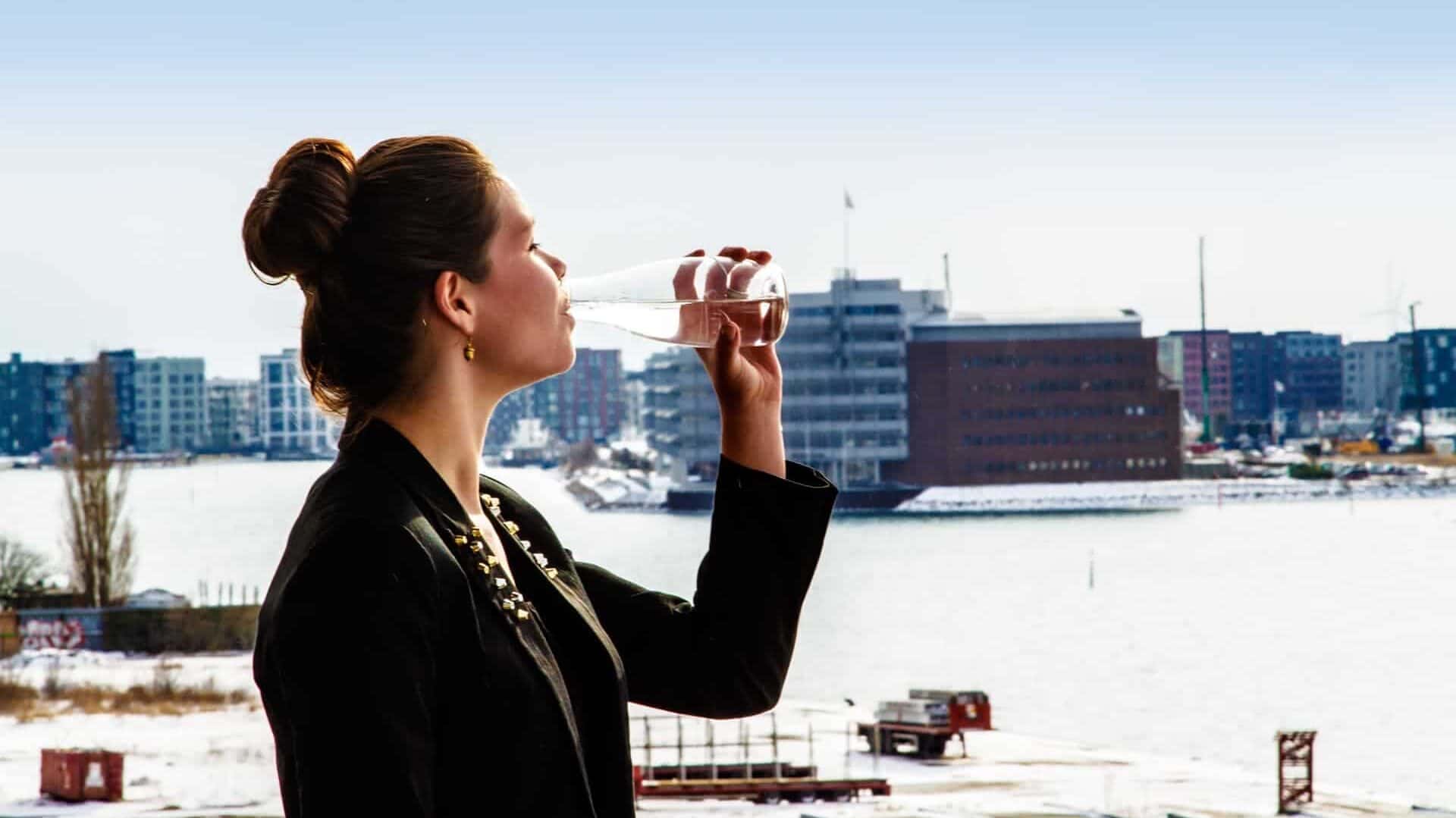
Which type of bottle works best for us depends primarily on what we intend to drink from it. When it comes to clean, fresh water - the material doesn't matter much. Both a glass bottle, made of lightweight and highly chemically resistant borosilicate glass, and an aesthetically pleasing and elegant steel water bottle will work perfectly.. It is better to avoid plastic bottles in this case - after all, the idea of reusable water containers is primarily for the sake of ecology. However, even a plastic, reusable water bottle will be better than any disposable.
If you want to pack a coffee or tea to take away with you from time to time, a stainless steel thermal water bottle will work best. Depending on the model you choose, you can keep your drink at a high temperature for up to 12 hours. And when you want to cool down - a steel bottle with the right insulation will keep the temperature low for up to 24 hours.
A borosilicate glass bottle, although durable and much lighter than traditional glass, is unlikely to work as a gadget for a child or teenager due to the greater risk of damage.
Choosing the right capacity depends primarily on our needs, our daily activities and the availability of drinking springs during the day. If we need a water bottle mainly during excursions, workouts or walks, during which we have a high demand for water and we do not have the possibility to conveniently fill the container for a longer period of time, preferably models with a minimum capacity of 700 ml or 1 l. At home or in the office, when we have a convenient, easily accessible drinking water supply at hand, a 300-500 ml bottle will suffice.
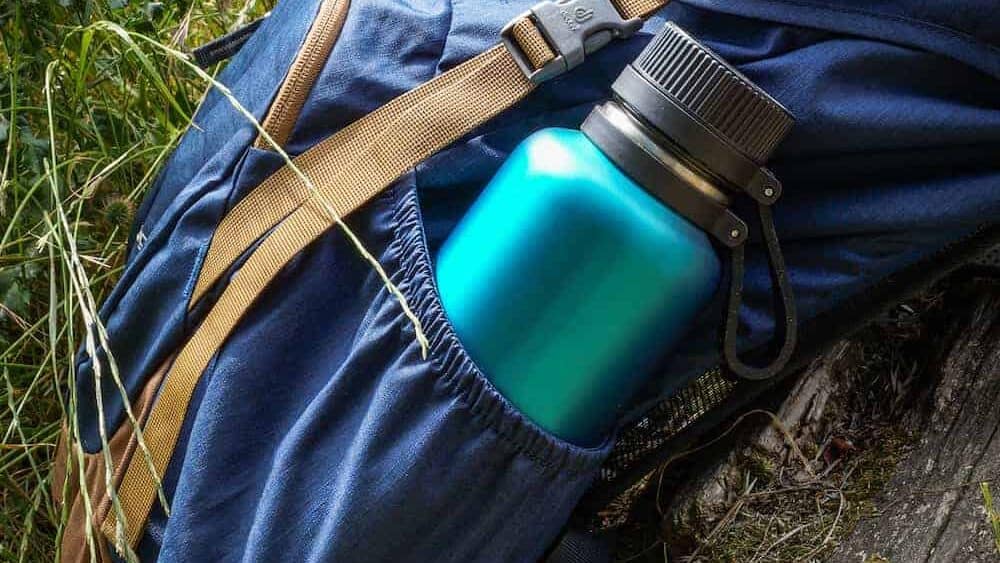
When buying a water bottle, however, it is not only the capacity and the material of manufacture that matters. A very important aspect we should pay attention to is the leakproofness. After all, none of us wants to have a flooded backpack or bag. If we are fizzy water lovers, it is worth noting whether our bottle is suitable for this type of drink. When making your decision, you should also check on the size of the opening and the shape of the water bottle. Although not many people pay attention to this, it is actually very important for our convenience especially when cleaning. Most bottles are recommended to be washed by hand, so the design should not only be pretty, but also convenient and functional.
In this section you will find a range of practical information related to our solutions. In the articles, we share our experience, discuss implementation steps and highlight good practices. It is a reliable source of information and advice on the provision of drinking water in public spaces, the legal regulations in this area, the benefits of installing drinking water dispensers and the technological aspects in this field.
We look forward to reading!
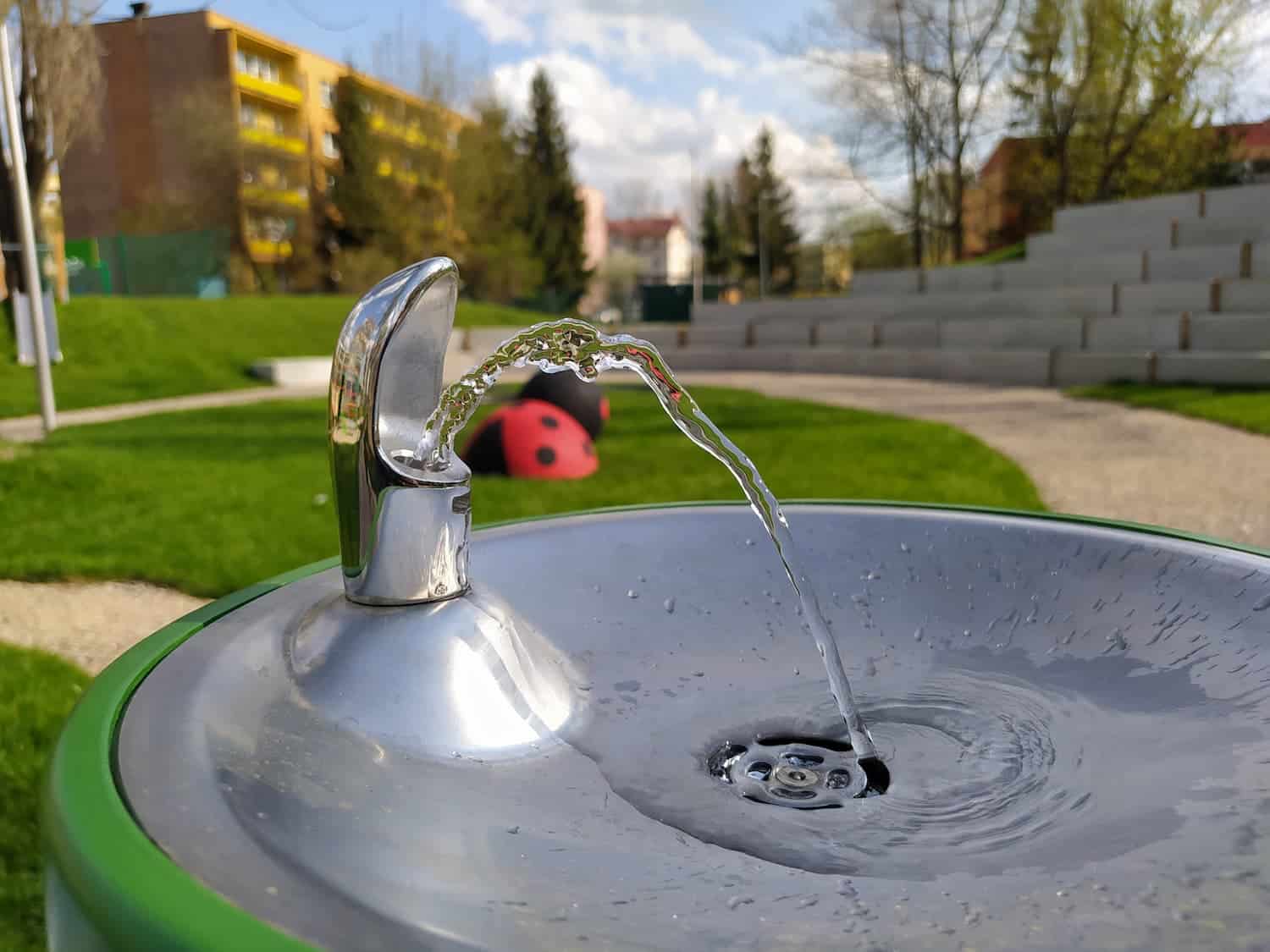
The popularity of tap water for drinking has been growing in recent years. More and more people are reaching for tap water every day, giving up buying water in plastic bottles. Although tap water in our country is perfectly safe, it is worth realising the need for basic hygiene when using drinking water dispensers. What is the sanitisation of water dispensers? Why should you take care to clean your water dispenser regularly? Is sanitisation complicated?
The appearance of various types of dirt on the external parts of water dispensers is perfectly natural. After a certain period of use, various microorganisms and germs accumulate there, which can cause unpleasant discomforts. This applies both to drinking water dispensers set up outdoors in public places and those used in the office or private home.
Water dispenser sanitization is nothing more than a service to clean all the components of the machineThe aim is to remove mineral deposits and various impurities. It consists of a thorough disinfection of the pipes, thus ensuring a high level of hygiene and safety in the intake of drinking water from the dispenser. Importantly, the sanitisation of water dispensers also has a positive effect on the taste of the beverage and the performance of the dispenser itself, contributing to a reduction in energy consumption.
It is recognised that at least sanitise the water dispenser once every six months. For this purpose, we should contact a professional sanitation companyThe water heater will be inspected and disinfected using steam and appropriate detergents that reach into hard-to-reach areas. If we take care of this, we only need to follow basic hygiene rules on a daily basis to enjoy easy and safe access to drinking water.
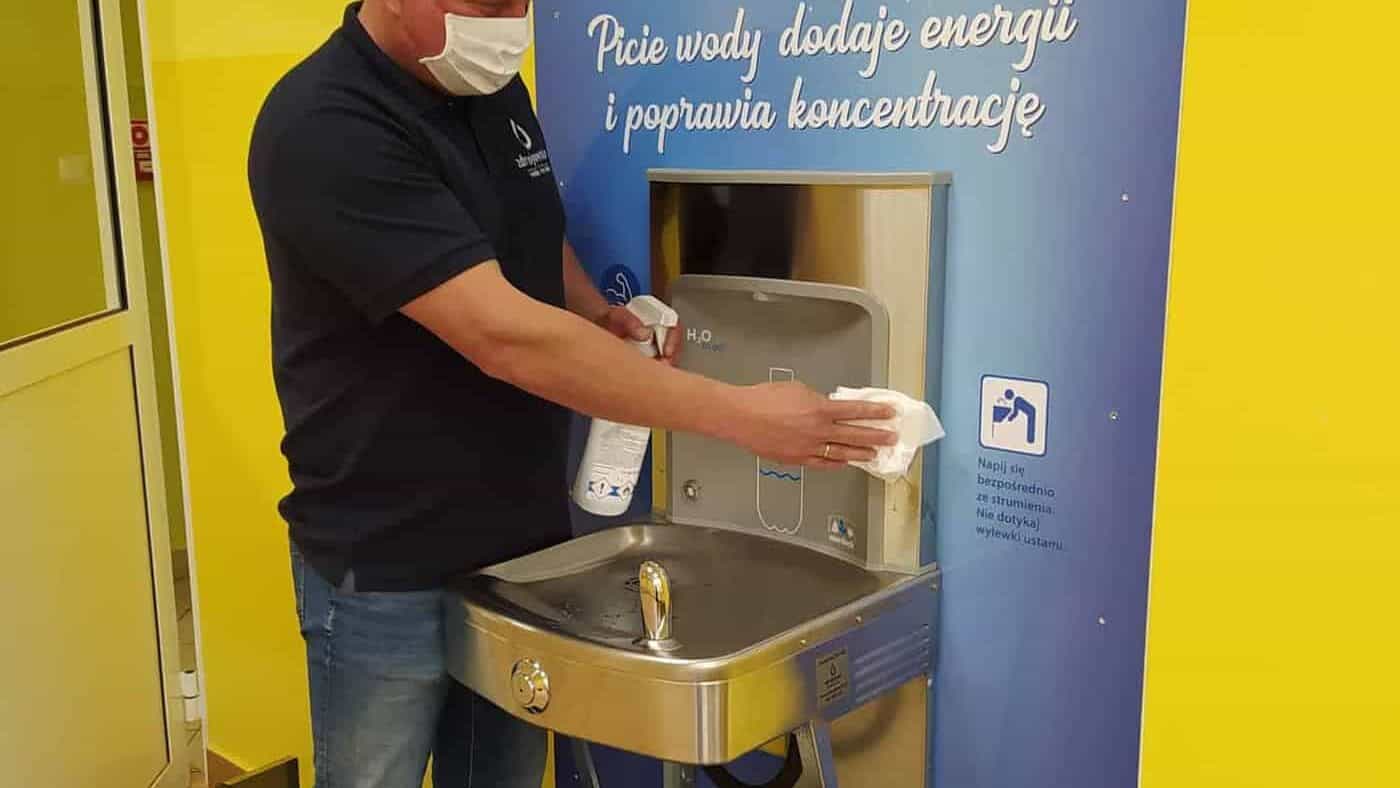
By using the services of a professional water dispenser sanitisation company, we can enjoy the best tasting drinking water. The cleaning process removes mineral deposits that form scale in hard-to-reach areas of the dispenser. This sediment affects how we experience the taste of the water, so regular cleaning is important. What's more - frequent descaling of the dispenser helps to prolong its life and prevent certain malfunctions, especially if the water we have access to from the water mains is mineral-rich and hard.
Taking care of regular sanitisation of the water dispenser we can detect some technical problems with the equipment at an early stage, thus avoiding serious and costly breakdowns. It is also a great opportunity to overhaul the equipment and replace components that are subject to natural wear and tear. What's more, a regularly cleaned dispenser is much more economical as it uses less electricity.
In order to maintain the high quality and safety of the distributor, it is worth investing in support in addition to regular sanitisation in the form of automatic rinsing system for HFS sprinklers. In this way, the cleanliness of the appliance can be further improved and stagnant water in the system can be prevented, thus preventing precipitation on the components. The HFS system can be easily adapted to any spa model. It does not require a connection to the electrical system, as it is battery-powered. The battery capacity is sufficient for approximately 9 months of use. Guarantees hygienic water intake, whether in parks, offices, schools or customer service points. The process of flushing the springs is responsible for the cyclical discharge of water through the spouts, thus preventing stagnation and reducing the risk of the proliferation of harmful microorganisms. A maximum of six water discharges can be made per day, which is sufficient even for springs that are used frequently.
In this section you will find a range of practical information related to our solutions. In the articles, we share our experience, discuss implementation steps and highlight good practices. It is a reliable source of information and advice on the provision of drinking water in public spaces, the legal regulations in this area, the benefits of installing drinking water dispensers and the technological aspects in this field.
We look forward to reading!
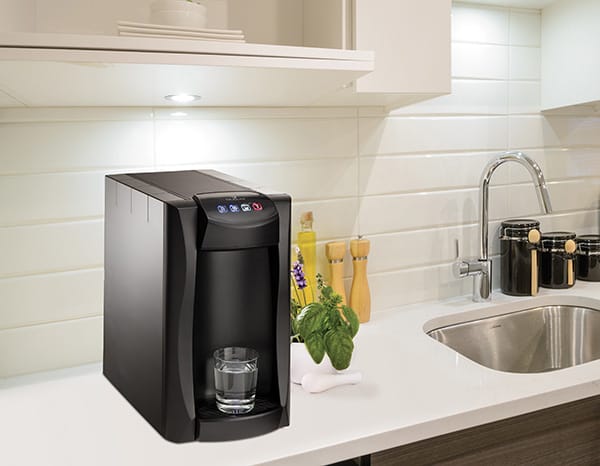
Adequate hydration is something we should remember no matter what time of year or age we are. Fortunately, drinking water instead of sugary drinks is becoming more and more popular every year, which translates into real benefits for our health. Still, many Poles drink too little of it. How can we change this? How can we encourage our household members to drink more water? Why should we consider buying a home drinking water dispenser? What are the benefits of having a drinking water dispenser at home?
Most of us associate water dispensers with offices, offices, clinics or other public places. There, you will often find these types of devices in corridors, accessible to all employees and customers. Until recently, these were mainly unattractive and difficult to maintain bottle dispensers, characterised by a large water tank that needed to be replaced regularly. Today, bottleless dispensers are increasingly common - more hygienic and easier to handle.
With this change in the public space, there has been increasing talk of the need for this type of solution in the domestic setting as well. Water dispensers help to develop the habit of drinking the right amount of water. They are simple and quick to use and the availability of different variants (chilled, heated, sparkling water) makes them more attractive than bottled water. As a result, using them comes automatically and we won't even notice when we change our lives for the better. Drinking water regularly reduces the risk of many diseases and has many long-term benefits for our health. By investing in home water dispenser we are taking the first step towards a better tomorrow for ourselves and everyone in the household.
When talking about domestic water dispensers, it is impossible not to mention their impact on ecology and our household budget. Every day, people throw away hundreds or even thousands of tonnes of plastic waste. Each single PET bottle can decompose for a thousand consecutive years. Even if we take care to segregate and all bottles are recycled, the processing of the raw material itself also has a negative impact on the environment. This is why it is so important to minimise the amount of waste produced as much as possible.
Water distributors for the home significantly reduce the amount of plastic waste in our households. With a direct connection to the mains water supply, they provide us with water in a hygienic and safe way, as well as being completely environmentally friendly. It is much more convenient than using water from a filter jug, as it does not require constant refilling and filter changes, while offering much more possibilities.
This approach is also good for our wallet. By investing in a water dispenser and developing the habit of drinking water, we save on buying bottled drinks. We can use water from the dispenser both at home and when going out or on trips. All you have to do is fill the reusable bottle directly from the device before leaving and take it with you.
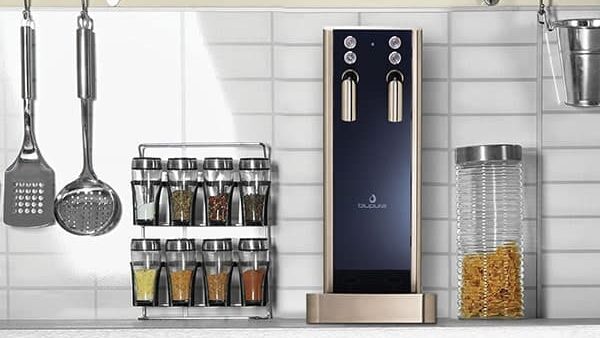
Fortunately, the market for drinking water dispensers is so developed that we do not have to limit ourselves. We can easily find something that meets all our needs. What is worth looking out for?
First of all, our water preferences and expectations of the dispenser are important. Do we only care for water at room temperature or would we like to be able to access chilled or heated water quickly? Do we want a dispenser with access to plain still water or do we prefer the option of home-made sparkling water? Different devices offer different functionalities, so when choosing a home dispenser we should put our preferences first.
Another no less important consideration is the amount of space available and the design. It goes without saying that we would like the new appliance to blend in perfectly with the design of our kitchen. This means both the specific amount of space we can use for the dispenser and the materials and overall design of the appliance. Depending on how the room is finished, we can go for white, black and elegant steel dispensers.
Additional aspects such as the glass filling cradle, the activated carbon filter or the UV lamp on the inlet and spout are also worth noting, as are the energy-saving features.
In this section you will find a range of practical information related to our solutions. In the articles, we share our experience, discuss implementation steps and highlight good practices. It is a reliable source of information and advice on the provision of drinking water in public spaces, the legal regulations in this area, the benefits of installing drinking water dispensers and the technological aspects in this field.
We look forward to reading!
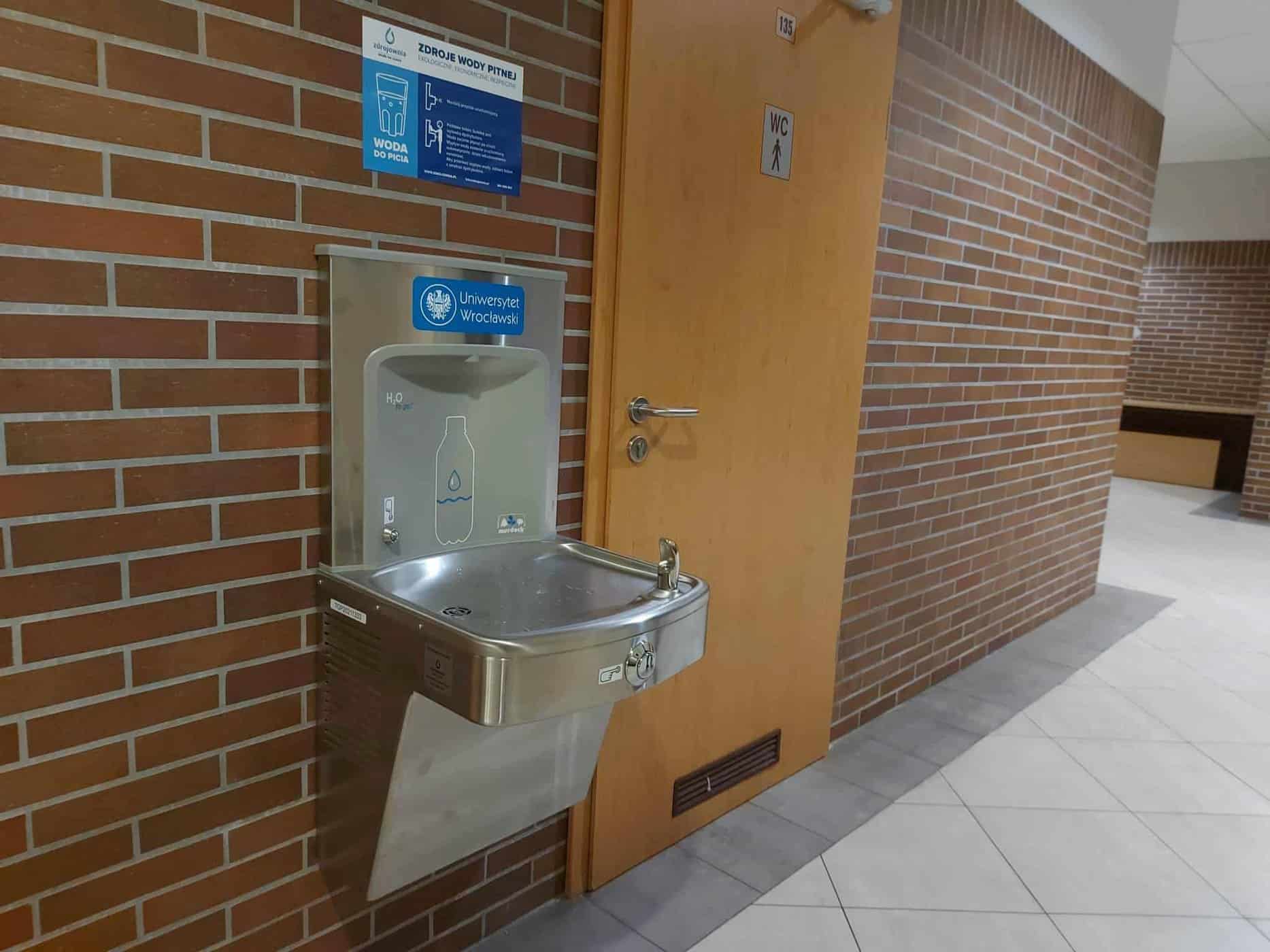
Free access to drinkable water is one of the most important rights of every human being. Fortunately, today there is more and more talk about providing access to drinking water sources in public spaces, as well as in offices, residential buildings, schools or offices. In this way, both human well-being and the environment can be taken care of. Why is it so important to include drinking water springs in building designs?
There is no denying that the subject of free access to drinking water is being raised more and more in public. Although it might seem that in Poland, compared to Western European countries, this topic is only just beginning, the reality is that more and more cities are choosing to set up drinking water springs in public places. In countries such as Italy, the United Kingdom, Spain or France, universal access to drinking water springs and fountains is natural.
The fact that access to water is needed is evidenced by actions at various levels. In 2020, the European Parliament adopted a directive regulating the quality of and access to drinking water in European Union countries. The legislation was a response to a citizens' appeal called 'Right2Water', which was signed by more than 1.8 million Europeans. This project was about safe access to drinking water for all citizens of the community.
To a lesser extent, such initiatives can also be seen at the local level. In an increasing number of local authorities Public drinking water projects get a lot of attention in civic budgets. This means that Poles want solutions that would improve access to water and support environmental action.
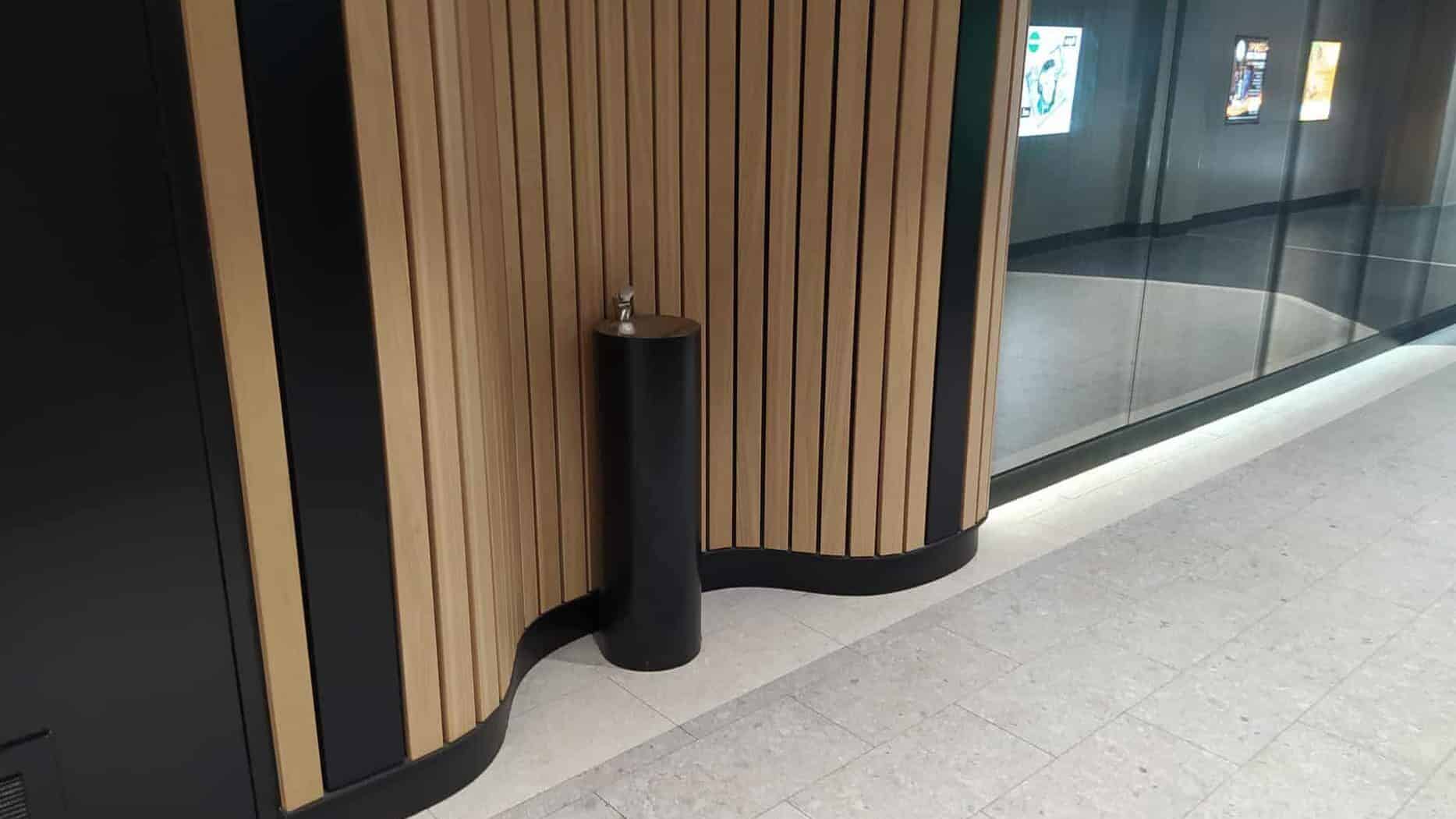
By law, every employer should provide its employees with access to drinking water. Until recently, this meant having to set aside space for the storage of bottled water packs or bottle dispenser cans. Both their purchase and storage were not only problematic but also costly. What's more - it involved the disposal of a huge amount of plastic rubbish, making this solution very harmful to the environment.
Progressive environmental education, as well as a concern to minimise the costs associated with providing employees with access to drinking water, has meant that ordering bottled water has become a thing of the past. Increasingly, the design of public buildings, as well as offices, schools or universities, is including drinking water sprinklers as a compulsory interior feature. By connecting the devices directly to the water supply, you can easily contribute to the environment and save money. It is also worth adding that well-designed drinking water outlets are completely safe for health and ensure adequate, hygienic water intake.
It is worth realising that, in the 21st century, more and more people are paying attention to eco-friendly solutions. This means that offices, offices, schools, universities, clinics and other buildings where publicly accessible drinking water springs are installed will have a better reputation among staff and visitors alikeThe organisation's staff is not only a source of information, but also a source of information: pupils, customers or clients. Such a small thing often translates into their satisfaction and, consequently, the prestige of a particular organisation.
Furthermore, buildings with installations that include public access to drinking water springs are more popular among investors. Despite the small effort and low cost, including drinking water springs in buildings makes a place more attractive in the eyes of decision-makers. It is also a way of achieving LEED or BREEAM green certification, which helps to build the whole brand image of being green and caring for the needs of employees and customers.
In this section you will find a range of practical information related to our solutions. In the articles, we share our experience, discuss implementation steps and highlight good practices. It is a reliable source of information and advice on the provision of drinking water in public spaces, the legal regulations in this area, the benefits of installing drinking water dispensers and the technological aspects in this field.
We look forward to reading!
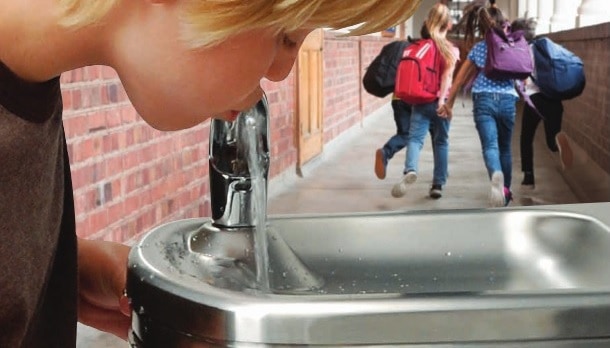
Drinking tap water is becoming more and more popular every year. Some drink it for the sake of saving money, others for the sake of the environment. Still others choose to drink tap water simply because it tastes good. Despite this, there are still many myths circulating about the quality of tap water. People repeat rumours that it is poor in minerals, contaminated, unfit for consumption and sometimes even poisonous. What is it like in reality? Is drinking tap water healthy?
Myths about tap water are usually repeated by people who remember the communist era in our country. At that time, it was not uncommon to see murky, smelly water with a strong smell of chlorine coming out of the tap. Such water was undrinkable and everyone was aware of this.
Today, however, much has changed in this respect. Water treatment systems have undergone extensive modernisation, so that the quality of the tap water has improved significantly. What's more, the regulations imposed by the European Union are very strict and force us to make sure that the water meets the relevant requirements. Thanks to this water in Polish taps is not only drinkable, but also rich in minerals and simply tasty. The problem of external contamination is marginal, affecting only 0.3%.
There is no doubt that with the current restrictive regulations on tap water quality, it is completely safe and healthy to consume. It contains many valuable micronutrients that are responsible for the proper functioning of our body.
Contrary to oft-repeated myths drinking tap water does not promote the formation of kidney stones - There are no studies to support this theory in any way.
The argument about the high harmfulness of chlorine in tap water is also untrue. Although it is indeed used to disinfect water, the amount is negligible, strictly regulatedso that it is still safe for health.
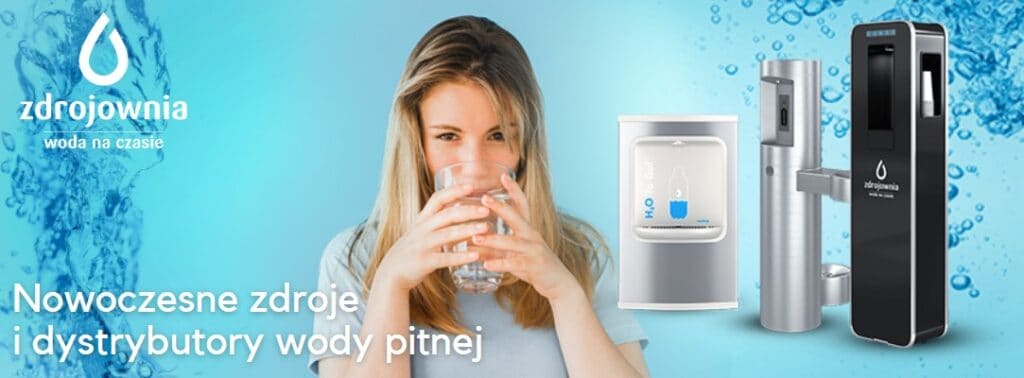
Some people believe that even if tap water is drinkable it is of little value. However, such thinking is wrong - the composition of tap water is not very different from bottled water. What is more, ordinary tap water often performs better in terms of mineral concentration. It contains calcium, magnesium, sodium, phosphorus, sulphur, copper and potassium, among others.
The composition of tap water varies, depending on the city. In Poland the best water quality is in Krakow, the Tricity, Poznan, Warsaw, Lodz and Katowice. It is not uncommon for it to be of much better quality than most spring water available on the market. In practice, this means that the main argument of those opposed to drinking tap water about its poor quality is simply false.
Those who have been using tap water for years need no convincing as to why it is worth drinking tap water. But what can convince those who prefer bottled water? We have already written about the fact that tap water is a healthy alternative to bottled water and sweetened drinks above. What other arguments are worth considering?
First of all drinking tap water is much more environmentally friendly. In this way, we reduce the amount of plastic we use, which litters our planet, and we also reduce the carbon footprint associated with transporting bottled water. So in this day and age, with more and more people concerned about the environment, drinking tap water is becoming the norm.
Just as importantly, by forgoing the purchase of bottled water in favour of tap water you can save a lot of money in the household budget. Often the crowning argument against tap water is the love of carbonated water. These days, however there is nothing to prevent sparkling water from being prepared at home using tap water. By buying a modern water dispenser, we can get exactly the water we want in no time: chilled, heated and carbonated. Such a device is aesthetically pleasing, does not take up much space and enables hygienic tap water intake. So there is nothing stopping you from taking care of the environment, saving money and starting to drink tap water!
In this section you will find a range of practical information related to our solutions. In the articles, we share our experience, discuss implementation steps and highlight good practices. It is a reliable source of information and advice on the provision of drinking water in public spaces, the legal regulations in this area, the benefits of installing drinking water dispensers and the technological aspects in this field.
We look forward to reading!
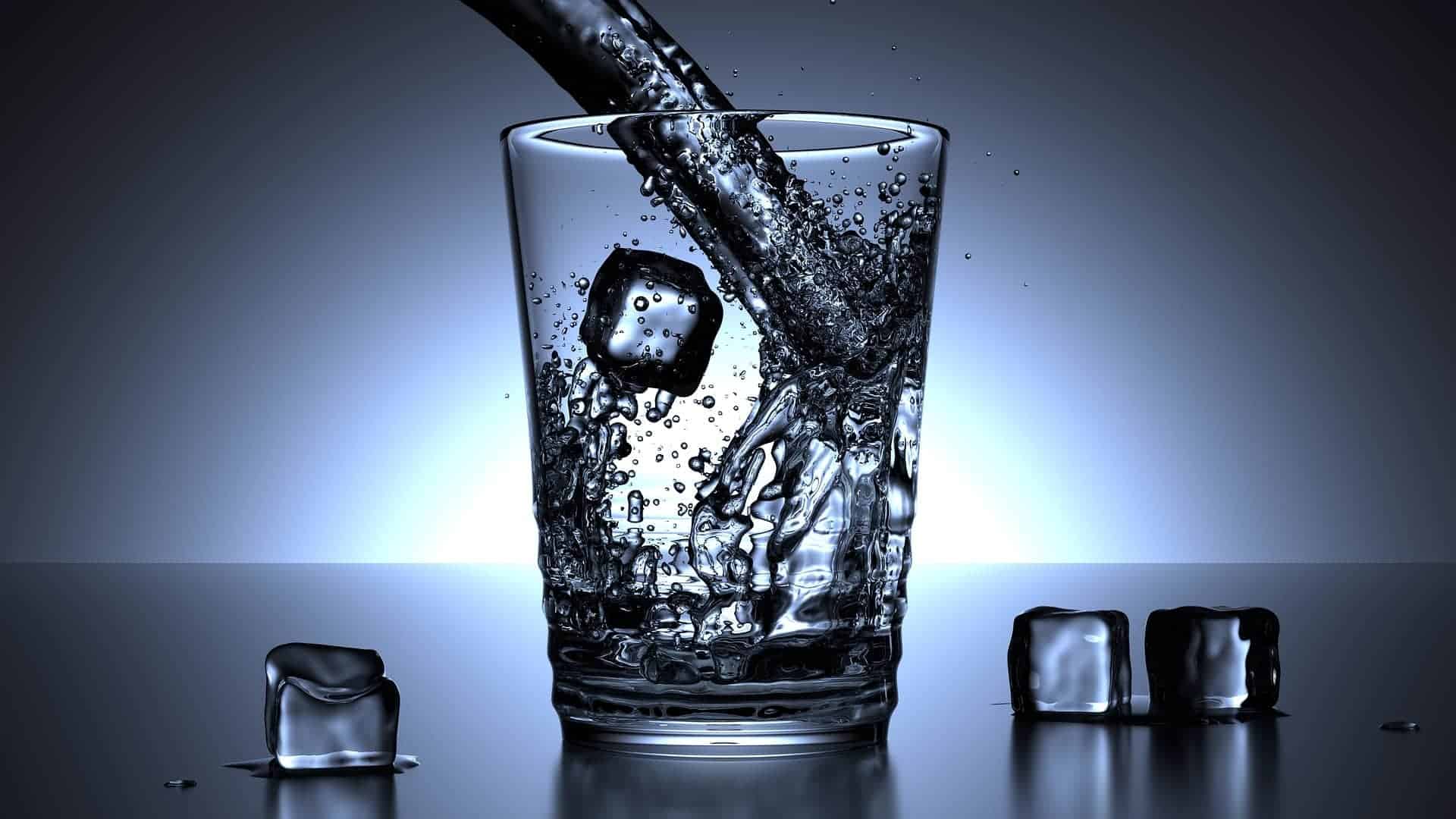
Access to fresh water is extremely important, not only during hot weather. Adequate hydration is crucial for our health and well-being. A sip of cool, bubbly water can bring relief and quench thirst. With a sparkling water dispenser, you don't have to worry about the logistics and carry bags of spare water. Refreshment is at your fingertips - in the office, at home or in the office. How does a sparkling water dispenser work and why is it worth investing in one?
Most people associate water dispensers with large, plastic devices with a huge bottle attached. Such a sight could until recently be found in many offices, offices or public places. Today, however, it is a thing of the past, and the water dispensers have undergone a real makeover. Not only do they fit in much better with their surroundings, thanks to their elegant design, but they also have many more functions and are much greener.
Modern dispensers offer the possibility of instant acquisition of cool, hot, room-temperature and also carbonated water. The dispenser is connected to the running water mains, from which it draws water. Then, inside, the water is heated, cooled or carbonated and goes into our cups and bottles. The whole process takes just a fraction of a second, and we can enjoy delicious carbonated water almost immediately.
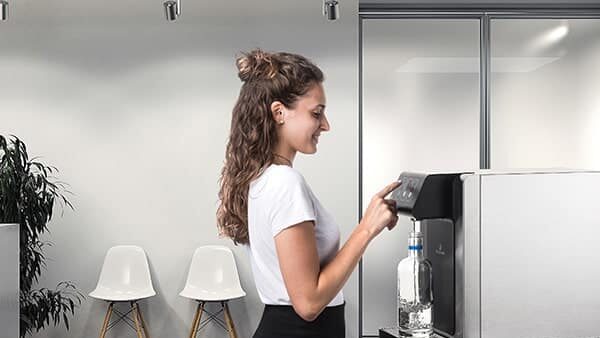
Due to the growing demand for sparkling water dispensers Whether for offices and offices or for private homes, the industry is growing rapidly. Not only do we have all sorts of shapes and colours to choose from, which will fit perfectly into any interior design, but also a whole range of functionalities. The most common type of device is, of course, the free-standing carbonated water dispenserwhich is simply placed on the floor, usually in the kitchen or corridor.
In addition to these, there are also compact dispensers, which look like coffee machines and are placed on a countertop or table. As a result, they take up less space and are ideal for offices and private homes.
Innovative wall-mounted and recessed sparkling water dispensers are another option. These allow the filling of carafes, bidons and bottles. Such devices are ideal for locations where a free-standing dispenser is not the safest choice. For this reason, they are most often chosen for offices, offices, schoolsflats or medical facilities. Although they look inconspicuous, they enjoy very good performance - depending on the model, they are able to provide fresh, chilled, sparkling water at up to 150 litres per hour.
Dispensers also differ in the way they operate. On the market, you can find very convenient touchless carbonated water dispensers, which have a keypad activated from a distance of 1.5 cm. This is an extremely convenient and hygienic solution, especially in the case of sparkling water dispensers located in areas accessible to the public, such as offices, hospitals, offices or health facilities.
Drinking bottled water or using traditional bottled water dispensers is hard to talk about going green. Such activities produce tonnes of plastic waste, which is not neutral for our environment. By using bottleless carbonated water dispensers we can significantly reduce the amount of waste produced, thus contributing to the welfare of the environment.
Modern units are connected directly to the mains water supply, using high quality tap water that is completely safe for health. This not only reduces waste, but also removes the logistical problem of having to order and store bottled water. This also promotes savings, so that the purchase of a sparkling water dispenser pays for itself in an instantboth in the office and at home.
In this section you will find a range of practical information related to our solutions. In the articles, we share our experience, discuss implementation steps and highlight good practices. It is a reliable source of information and advice on the provision of drinking water in public spaces, the legal regulations in this area, the benefits of installing drinking water dispensers and the technological aspects in this field.
We look forward to reading!
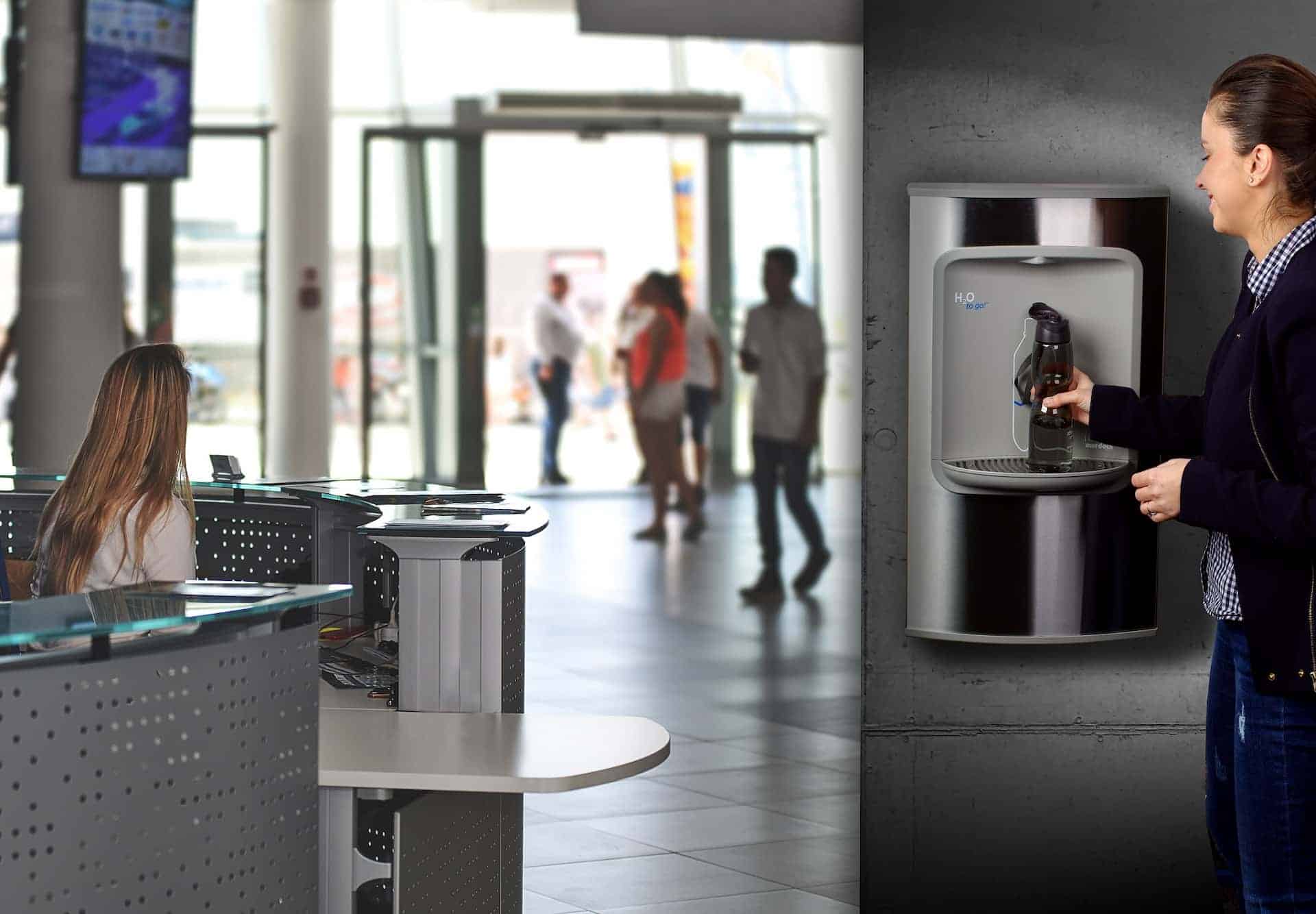
Providing employees with constant access to drinking water is one of the basic obligations of every employer under health and safety legislation. The best way to fulfil this obligation is through an office water dispenser. Contrary to what you may think, however, choosing the right water supplier is not that simple. Before making a decision, it is important to consider what you specifically expect from the device and what kind of water you need. How do you choose a water dispenser for the office and what features should you look out for?
Traditional bottle dispensers, although slightly more environmentally friendly than bottled water, actually still contribute a lot of waste to the environment. This makes it increasingly common for businesses to turn to modern and much more environmentally friendly solutions such as bottleless dispensers. They have many more options and, above all, significantly reduce plastic waste. What does a bottleless water dispenser for the office consist of?
The unit needs to be connected to the water intake and electricity, after which it is immediately ready for use. This allows you to enjoy good quality, healthy tap water, which is often of better quality than the popular spa waters available on the market. In addition, it is possible to install an advanced filtration system that cleans the water from various impurities on an ongoing basis. This solution is therefore much more convenient than bottle dispensers, and also much more economical and environmentally friendly than buying ready-made bottled water. In this way, you can easily contribute to the environment by also reducing the costs associated with transporting, storing and purchasing drinking water for employees.
It is worth noting how modern appliances save energy and water. Features such as an innovative cooling system or portion control make it even more energy-efficient.
Above all, this equipment does not have to be limited to serving cold and hot water. By investing in good quality water dispenser for the office, you can have access to chilled, carbonated, lightly carbonated or hot water - all within one dispenser, without having to limit your choices. By reaching for this type of professional dispenser, you don't have to worry about having to buy carbonated bottled water - staff and customers have all the available options at hand.
It is also worth paying attention to whether the company you choose offers professional servicing and installation of equipment if you need it. This type of support usually speaks well of the company and avoids problems in the event of some failure.
Another aspect is also hygiene - when using traditional dispensers you usually have to reckon with the fact that they are not very hygienic to use. Bottle-free dispensers for the office can also include a flushing system for the dispenser, which keeps the unit clean and prevents water stagnation in the system, thus guaranteeing hygienic water intake.
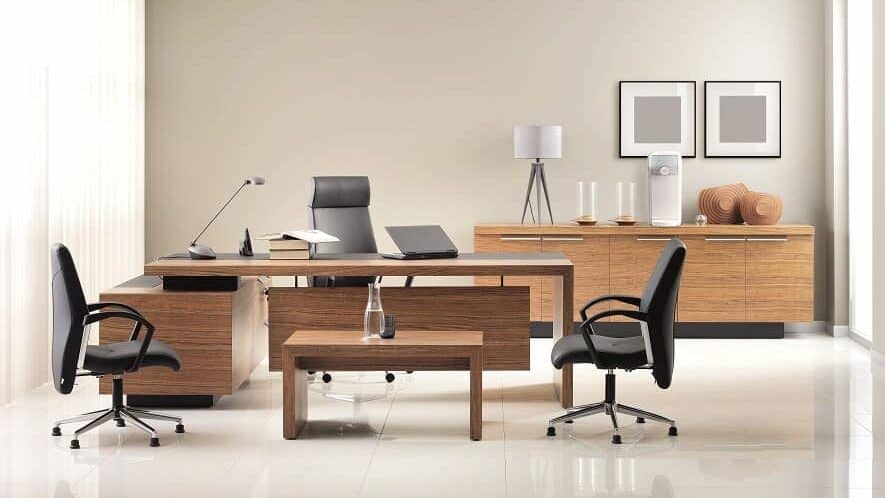
There is no denying that when it comes to dispensers located in offices, aesthetics play a relatively important role. Popular bottle dispensers not only fit poorly into the overall interior design, giving the impression of a mismatched, tacky addition, but can also cause problems when it comes to storing and replacing gallons of water.
Inadequate storage conditions can adversely affect water quality, and the need to change cylinders can often be problematic for office workers due to the heavy weight of a full gallon. When choosing a water dispenser for the office, it is therefore worth paying attention to how the dispenser looks and whether it fits in with the overall design of the room. This is particularly important if the water is used not only by employees, but also by visitors and customers.
You don't have to rely on boring, unsightly plastic dispensers. There are plenty of designer and modern water dispensers for the office on the market today. On selected models, there is also the option to change the colour of the casing to make the dispenser match your office even better.
In this section you will find a range of practical information related to our solutions. In the articles, we share our experience, discuss implementation steps and highlight good practices. It is a reliable source of information and advice on the provision of drinking water in public spaces, the legal regulations in this area, the benefits of installing drinking water dispensers and the technological aspects in this field.
We look forward to reading!
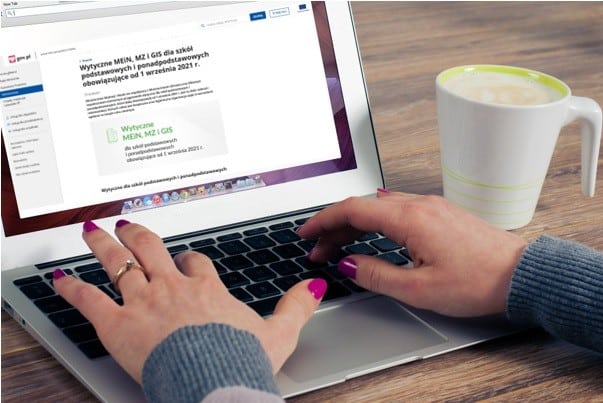
At the start of the pandemic and then during the period when the younger classes returned to school buildings, springs and water dispensers were shut down top-down. Fortunately, the pandemic period is behind us and the school walls resound with the bustle of children. While water consumption is not so high in autumn and winter, it is already warm enough in May or June, for example, that children need more water. What everyone has brought from home is not always enough. In addition, some children are in school for up to eight hours, so after that time any water is simply unpalatable, let alone of good quality. The institutions themselves often have no idea how to effectively provide water for the children - buying bottled water was not only expensive, but also not very environmentally friendly. Many people wondered what about water sources and dispensers in schools. Can they be used? What is the position of the Ministry of the Environment, the Ministry of Foreign Affairs and the Ministry of Information Society on this issue. We already have an answer on this subject.

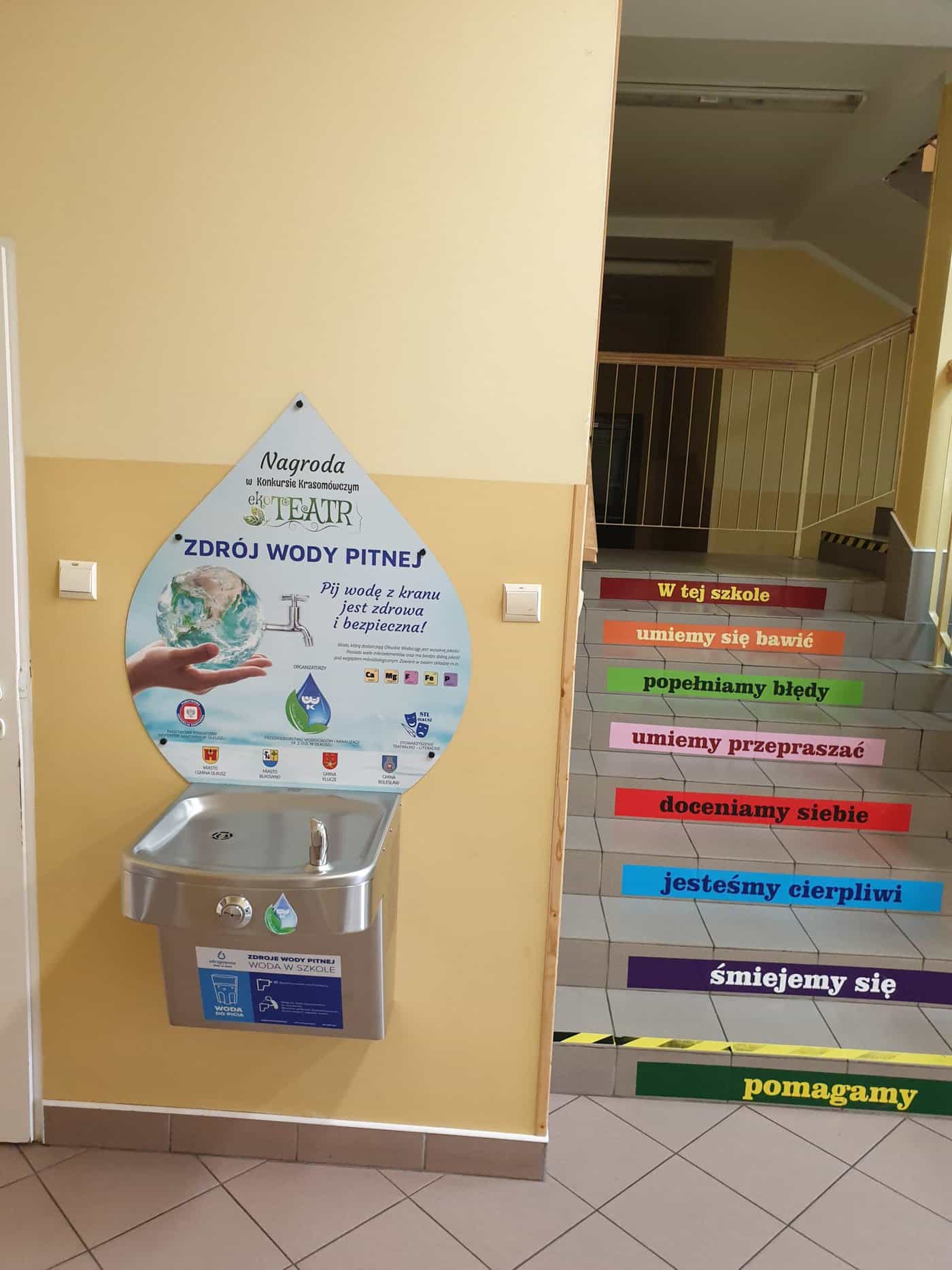
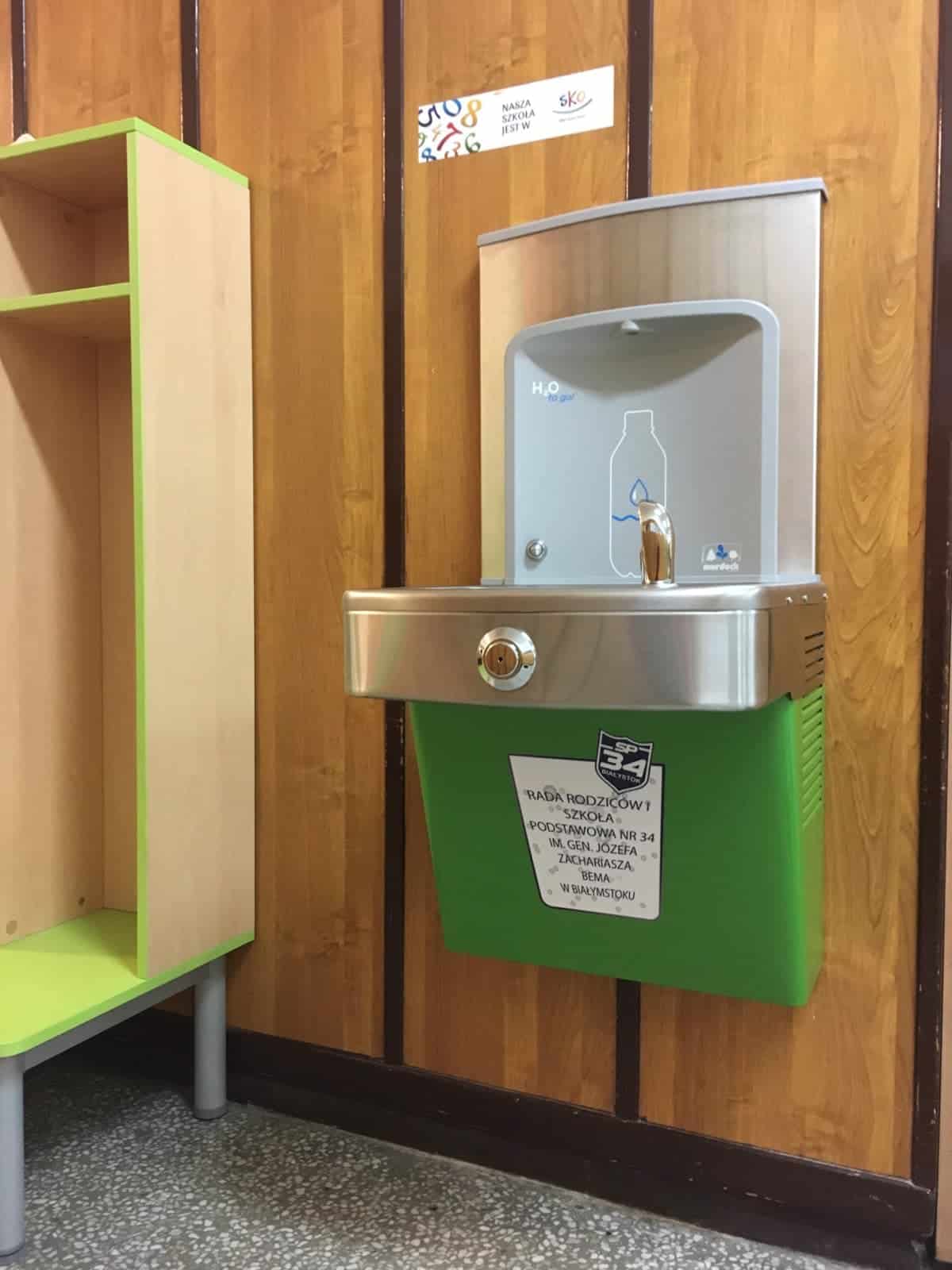
"...The Department of Environmental Hygiene of the Chief Sanitary Inspectorate kindly informs you that the legislation does not prohibit the operation of drinking troughs in schools."....
"...the requirements for water distribution facilities to prepare them for restarting after a prolonged break in service are outlined in the document 'Principles for making tap water available to children in school and educational institutions'..."
The full content of the letter we received from the GIS is available from our representatives. We encourage you to familiarise yourself with its contents.
New guidance for school operations in 2021/2022 - what about sources?
"If drinking water springs or fountains are in operation at the school, the decision to use them must be subject to an ongoing assessment that takes into account the current epidemiological situation. The provision of facilities distributing tap water for drinking is acceptable. It is recommended that pupils use non-contact drinking water springs and fountains or other distributors under the supervision of a supervisor. Safe forms and hygiene and sanitation recommendations for making tap water available to children are indicated on the GIS website https://www.gov.pl/web/gis/fontanny-z-woda-do-picia-dystrybutory-wody-zrodelka-udostepnianie-wody-do-spozycia-w-placowkach-oswiaty."
This is exactly what para. 35 of the MEiN, MZ and GIS Guidelines for primary and secondary schools - full stationary mode. It is clear from this provision that, unlike in 2020, water springs and dispensers can be put into operation in schools and children can use them, subject, of course, to certain new requirements.
Already earlier GIS recommendations on this type of equipment clearly indicated the need for proper cleaning and sanitisation. On the one hand, the cleaning should be effective and regular, on the other hand, it should be carried out with means that do not affect the quality of the water abstracted and do not damage the device. Every year, we send our customers a reminder to inspect and clean their equipment after a prolonged shutdown, as was the case last year, and to carry out disinfection and sanitisation of the equipment. For the latter, we recommend using professionals such as our service technicians, who not only know how to sanitise properly, but also have the necessary equipment and resources to do so.
Read more about sanitising and cleaning springs
One of the government's recommendations, is to use contactless devices to reduce the risk of transmitting bacteria and viruses using hands. Even before the pandemic, our range included dispensers and touchless devices. More for convenience of use than for safety. But 2020 changed everything and the range of touchless solutions became a real hit so it was extended. You can find it by clicking HERE.
Feel free to contact us to find out more details about our offer, legal requirements and interesting facts about water and water distribution equipment.
In this section you will find a range of practical information related to our solutions. In the articles, we share our experience, discuss implementation steps and highlight good practices. It is a reliable source of information and advice on the provision of drinking water in public spaces, the legal regulations in this area, the benefits of installing drinking water dispensers and the technological aspects in this field.
We look forward to reading!

In order to meet the expectations of our audience, as well as all those interested in the subject of drinking water and its provision in public places, we have prepared practical e-books, divided by topic, addressing important issues such as the selection and installation of water dispensers and sprinklers. A must have for starters is the e-book on the advantages and benefits of drinking water. Other important issues include the selection and proper installation of drinking water dispensers to ensure trouble-free use also by people with disabilities. It is also worth familiarising yourself with the contents of the guide on the new EU Water Directive, which came into force in January 2021 and imposes new requirements and standards on Member States.
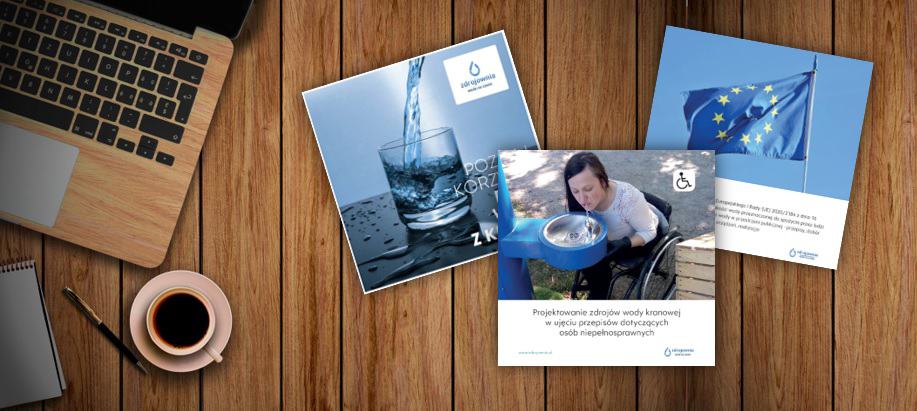
What questions are answered in our e-books?
You will find the answers to these and many other questions in our specially prepared information and teaching materials. Collected in practical e-books, in which we share our knowledge on various topics. We are successively creating further guides to provide all those interested with the information they need to answer many of their questions about drinking water, its quality or accessibility in public places.
To receive the e-book, simply address an email to: [email protected] with the title of the chosen guide. The title appears below each image. If you are interested in more than one e-book, simply send one email, writing the selected titles in the title in turn. Feel free to contact us.
| Directive (EU) 2020/2184 of the European Parliament and of the Council of 16 December 2020 on the quality of water intended for human consumption in the context of making water available in public spaces - regulations, selection of equipment, implementation | Design of tap water outlets in terms of the provisions on persons with disabilities | Discover the benefits of drinking tap water! |
| Title: DIRECTIVE Click on the title above | Title: DISABLED Click on the title above | Title: WATER Click on the title above |
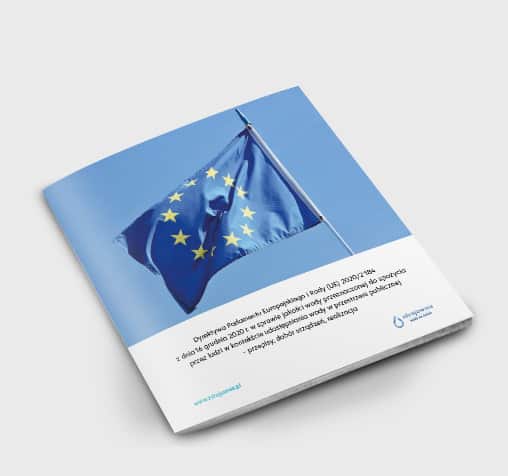 | 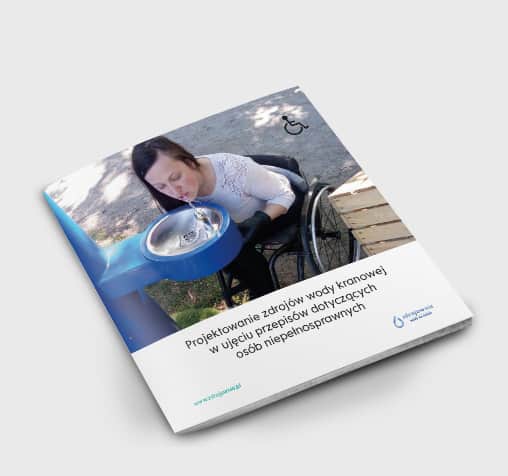 | 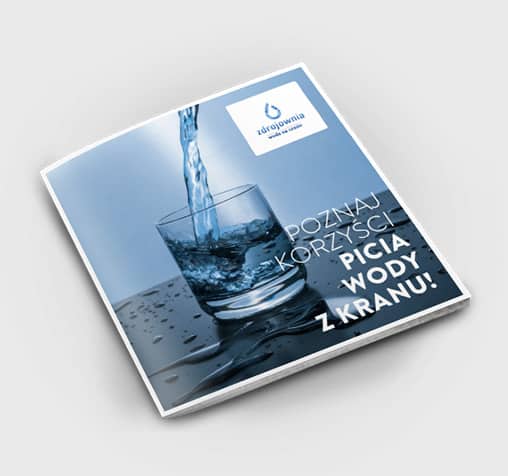 |
In this section you will find a range of practical information related to our solutions. In the articles, we share our experience, discuss implementation steps and highlight good practices. It is a reliable source of information and advice on the provision of drinking water in public spaces, the legal regulations in this area, the benefits of installing drinking water dispensers and the technological aspects in this field.
We look forward to reading!
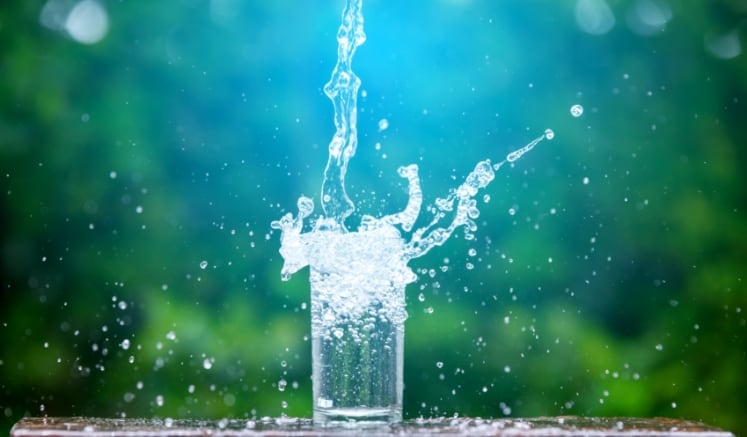
Ubiquitous plastic packaging is slowly becoming the bane of humanity. A solution that has revolutionised the packaging industry over the years has contributed to massive pollution of our planet and environmental devastation. Plastic bottles are one of the most commonly used single-use plastic items on Europe's beaches. With concern for our environment in mind, the European Parliament has advocated that instead of buying bottled water, we should start drinking water straight from the tap. Not only is tap water much cheaper and better for the environment, but it is often of the same quality, and often better, than water in a plastic bottle. Spas, springs and drinking water stations are proven and safe solutions that contribute to reducing plastic waste entering the environment, and are therefore ideally suited to buildings seeking eco-certification.
Horrifying photos and videos can be found on the internet showing beaches, seas, islands, 'drowned' in plastic waste. Animals are no longer just killed by fishing nets, but also suffocated or trapped in plastic bags and packaging. All this is also affecting our health, as fish and seafood, which are considered valuable and desirable for our bodies, are even stuffed with plastic. Since animals eat plastic, it ends up in the human body.
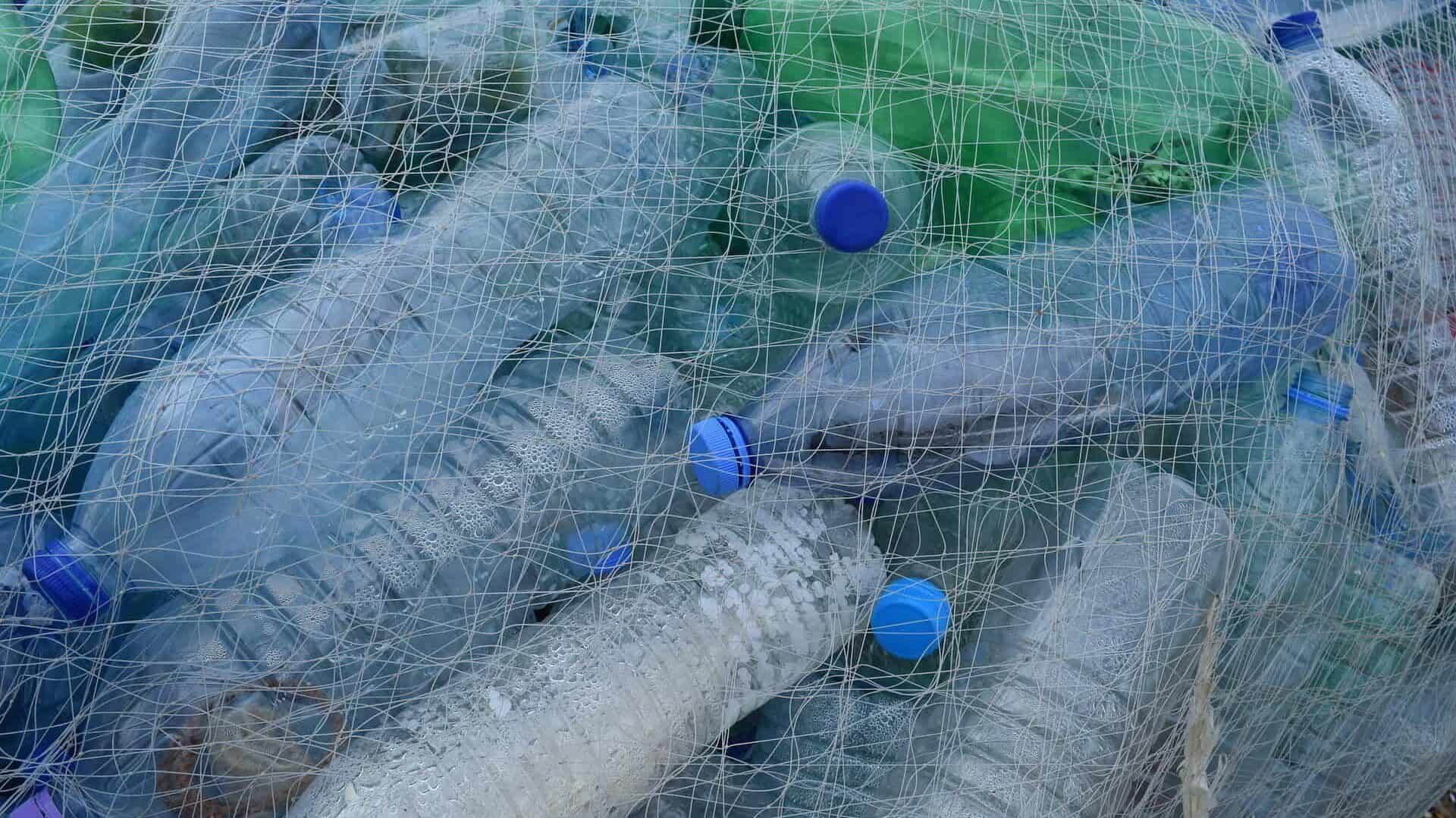
One of the reasons for the record amounts of plastic waste in the environment is the huge number of plastic bottles and drinking straws. The increased popularity of drinking water, has contributed to the production of record amounts of plastic bottles not only in large but also in small capacities. When buying another bottle of water, few people consider how dramatic this is for our planet. The production of bottled water alone generates huge amounts of pollution, and the plastic packaging even inundates us.
Plastic bottles are one of the most commonly used single-use plastic items on Europe's beaches. With concern for our environment in mind, the European Parliament has advocated that instead of buying bottled water, we should start drinking water straight from the tap. Not only is tap water much cheaper and better for the environment, but it is often of the same quality, and often better, than water in a plastic bottle. According to the European Commission, households can save more than €600 million a year by drinking tap water.
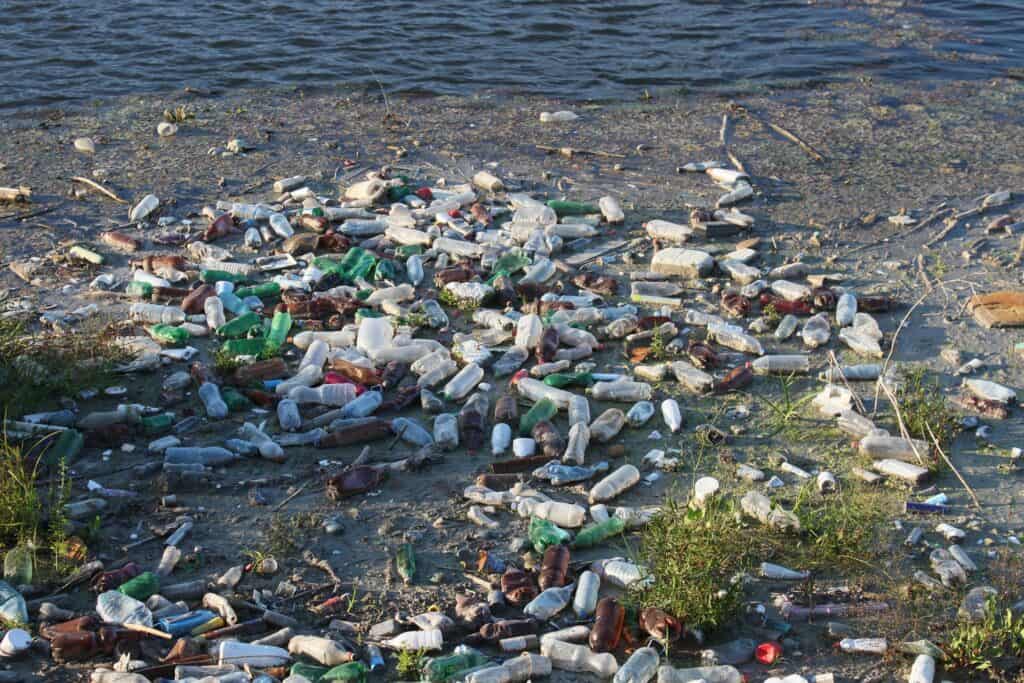
There has therefore been widespread public outcry over the draft new legislation, which is intended to help reduce plastic waste in the environment and encourage the public to switch to water straight from the mains. A very important issue in this regard is education, which will increase public confidence in drinking tap water. Introducing limits and a ban on plastic cutlery and packaging are other steps that could make everyone think for a moment about the tonnes of plastic in the environment and decide to change their behaviour.
All of this is primarily to influence the commitment of countries to provide unlimited access to drinking water in cities and public places. As a solution, they put forward drinking water dispensers and stations, whereby anyone can drink water directly from the dispenser in a convenient and hygienic way (without using a cup or bottle), or fill up a bottle. MEPs are encouraging tap water to be served in restaurants, either free of charge or for a token amount. This is an expression of customer care and a response to growing expectations from the public.
Drinking water springs, fountains and stations are proven and safe solutions for providing unlimited access to drinking water in public spaces. They are part of ecological and health-oriented trends. They contribute to the reduction of plastic waste entering the environment and are therefore ideally suited for buildings seeking eco-certification. In addition, they are great solutions for fulfilling the obligation to make water available to children in schools or employees in workplaces. As you can see, thanks to the tap water distribution equipment we offer, you can adapt your company, building, office or city to the upcoming requirements efficiently and without problems.
Be eco-friendly and invest in tap water dispensers and you will not only gain health but also save a lot.